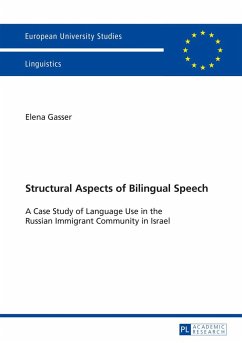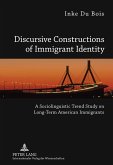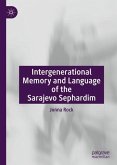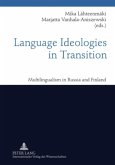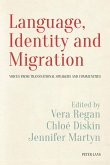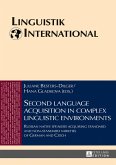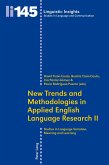The goal of the present study was to identify, describe and account for bilingual (Russian-Hebrew) varieties spoken in the Russian immigrant community in Israel. In order to achieve this complex goal, an interdisciplinary approach was chosen based on a combination of linguistic, psychological and sociological disciplines. The analysis of bilingual data has shown that there were three main types of bilingual varieties in use. The varieties were distinguished on the basis of the dominant patterns of language mixing (showing the evidence of a general shift from insertional to alternational CS) as well as of the directionality of CS. The three main speech styles were partly related to their speakers' generational memberships. However, the differences in speech styles were not so much the function of generational affiliations, as of the actual linguistic behavior in the immigrants' social lives. The variations within generational cohorts were better accounted for in terms of these speakers' identities, attitudes and habitual language choices.
Hinweis: Dieser Artikel kann nur an eine deutsche Lieferadresse ausgeliefert werden.
Hinweis: Dieser Artikel kann nur an eine deutsche Lieferadresse ausgeliefert werden.

